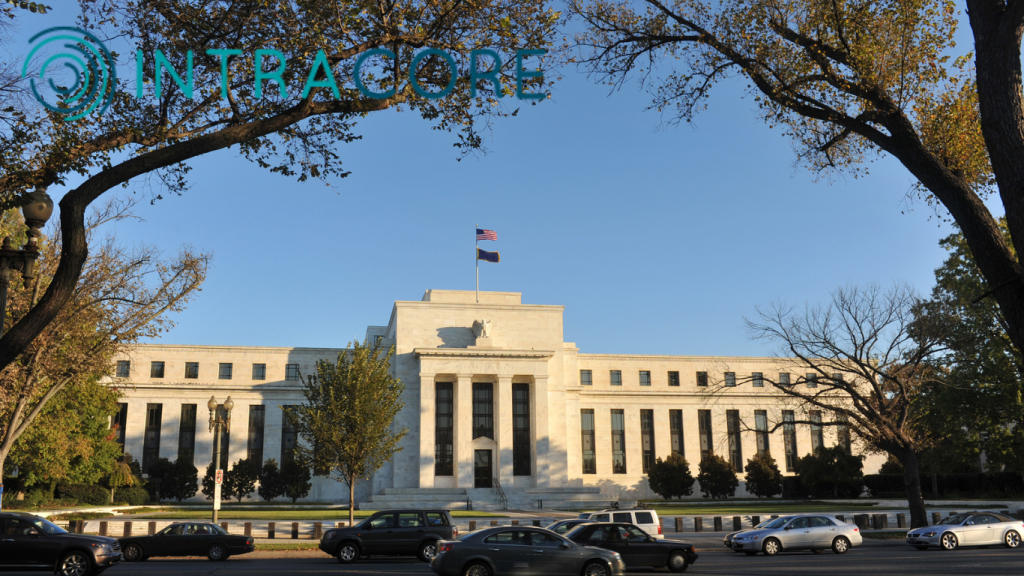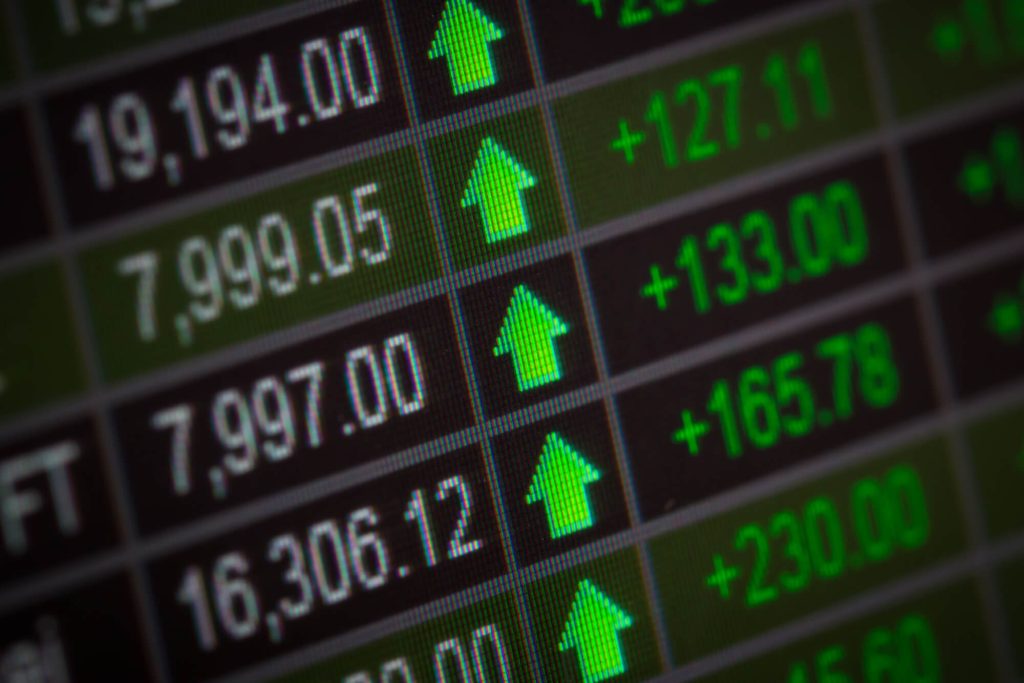
According to the following article, we can draw the following points:
1. the U.S. government’s debt ceiling issue could lead to a massive sell-off in global financial markets and trigger panic.
2. If the U.S. Treasury defaults, the Federal Reserve will face the challenge of dealing with the details of monetary policy, which may disrupt the mechanism of financial markets.
3. The banking sector’s large holdings of U.S. government bonds could face losses, and banks may need to increase their capital to hedge against risk if risk weights are raised.
4. A prolonged debt default could be destabilizing to the banking sector and could result in banks being forced to sell assets.
Based on these points, the following are some recommendations:
1. For investors, it is prudent to adjust positions in the face of the debt ceiling impasse, as markets may face increased uncertainty and volatility. Consider reducing exposure and modestly reducing position size to prevent a possible large sell-off.
2. Pay attention to the latest news and developments in the market, especially news related to the debt ceiling, as well as the actions and statements of the Federal Reserve. This will help determine the market trend and possible impact in order to make more informed investment decisions.
3. Diversify your portfolio to spread risk. Consider allocating funds to different asset classes and regions to reduce dependence on a particular market.
4. Watch the performance of bank stocks and financial assets. If a U.S. government default causes the banking sector to be at risk, it may be necessary to watch the movement of bank stocks and financial funds and adjust accordingly to market changes.
5. Evaluate bond investments carefully. Government bonds held by banks may be discounted if risk weights are increased. When investing in bonds, consider this possibility and make decisions based on individual risk tolerance and investment objectives.
The original article is as follows:
Caixin, May 16 (Editor: Xiaoxiang) – As the world’s eyes begin to focus on the U.S. government’s debt ceiling impasse, it is now estimated that only a financial market meltdown will keep politicians focused on reaching a deal, and only by convincing more people that a last-minute bipartisan deal will be reached will investors be prevented from hitting the sell button.
In her second letter to Congress in two weeks, U.S. Treasury Secretary Yellen reiterated Monday that the United States could be unable to pay its bills as soon as June 1 if Congress fails to raise the debt ceiling. According to documents disclosed by the U.S. Treasury Department on Friday, as of May 10, the balance of “special measures” used to pay government bills was only $88 billion, a week before the figure was $110 billion.
There is no doubt that once the U.S. government triggers the debt ceiling “X-Day”, global financial markets will probably face a panic sell-off.
During the debt ceiling crisis in 2011, S&P, one of the three major international rating agencies, downgraded the AAA sovereign credit rating of the United States. But even then, there was no material default on U.S. Treasuries.
Right now, some industry insiders have begun to worry that if the U.S. Treasury defaults, the Federal Reserve’s ability to implement monetary policy to achieve its employment and inflation targets will be in an unknown situation. At the same time, the U.S. banking sector, which has not been completely “back to blood”, may also suffer a new round of fatal blows.
The Fed’s monetary policy mechanism will be tested
This is because the U.S. government bonds are the key to the Federal Reserve’s short-term interest rate target. Anything that disrupts the U.S. Treasury market could disrupt these inherent mechanisms.
These mechanisms include the Fed’s use of funds raised by Treasuries in many key policy landings. Also, by setting a baseline for short-term interest rates through the reverse repo facility, it is effectively borrowing cash from money market funds in transactions collateralized by government bonds. In addition, the Fed often keeps the federal funds rate at its target level by borrowing or buying U.S. Treasuries.
For the Fed, the uncertainty created by the prospect of a U.S. debt default not only lies in the potentially devastating impact a default could have on the economy, but also means it will face questions about how to handle the details of day-to-day policy implementation: will money market funds accept credit-impaired U.S. Treasuries as collateral? Will the Fed be willing to borrow or buy troubled U.S. Treasuries?
From Fed Chairman Jerome Powell to other Fed officials, they insist that the only solution is to raise the $31.4 trillion debt ceiling, and refuse to offer specific steps the Fed might take.
“I’m not going to speculate on what might happen …… I don’t think it’s helpful,” Fed No. 3 and New York Fed President Williams said last week.
Of course, this is not the first time the Fed has faced a bipartisan Congress on the debt ceiling issue to take “brinkmanship”. The Fed had developed a strategy in the debt ceiling standoff in 2011 and 2013 – if the event ended in default, rather than an agreement to avoid default, as it has in the past, how to do. Minutes from the Fed’s October 2013 meeting said officials do not expect they will need to change procedures and will deal with securities at market prices, while leaving some room to intervene if necessary to stabilize markets.
Joseph Wang, chief investment officer at Monetary Macro, said he expects money market funds to accept credit-impaired U.S. Treasuries if necessary because the companies will still end up lending to the Fed and there is little chance they won’t get their money back.
He also expects that the Fed will also accept flawed Treasuries as part of its standing repo facility, as well as part of any discretionary operations it may undertake, because failure to do so could be a bigger problem. The Fed would not want to ask for trouble, as one of their missions is financial stability.
However, the pricing of the underlying securities could be a major issue, and the longer any defaults continue, the bigger that problem will be.
Derek Tang, an analyst at forecasting firm LH Meyer, said the Fed may be vague about contingency plans because it wants government leaders to address the issue, rather than seeing the central bank as a safety valve.
“That’s where pricing flawed Treasuries for the Fed gets tricky. Determining the market price may be difficult, but if the central bank decides to buy these bonds at a price higher than the market offer, the Fed could be seen by outsiders as being the driving force behind this farce,” Tang said.
In addition to how to keep the wheels of monetary policy in motion, other questions the Fed may have to deal with are whether to stabilize markets by intervening in bond purchases, as it did in March 2020 when the new crown epidemic broke out. In recent months, some Fed officials have said they want to distinguish such intervention powers from asset purchases aimed at stimulating the economy.
The banking sector’s Treasury holdings will become a “ticking time bomb”?
For the U.S. banking industry, which is still in the gloom, if the U.S. government’s debt ceiling impasse turns into a full-blown default, banks holding a large number of U.S. government bonds are also likely to face another round of “extinction” ……
Banks have previously been major buyers of U.S. Treasuries as a way to earn income from “risk-free” assets. Over the past 20 years, banks’ share of the roughly $24 trillion U.S. Treasury market has quadrupled to a total of about $4 trillion at the end of March.
Given the perception that U.S. Treasuries are unlikely to default, many U.S. banks previously did not need to set aside additional capital to hedge against potential losses on U.S. Treasuries – which regulators consider to have a zero risk weighting. But that’s about to change as the specter of a debt default begins to loom overhead.
Illinois Democratic Rep. Sean Casten said as recently as last Wednesday that a U.S. default could put more banks at risk of bankruptcy, especially if the risk-weighted number of U.S. Treasuries rises from zero. According to his calculations, assuming a 4 percent risk weighting on $4 trillion in U.S. Treasuries, banks would need to raise about $160 billion to offset that risk. That figure would rise further to $320 billion if a maximum risk weight of 8 percent were applied.
Brian Pillmore, founder of Visbanking, a platform that analyzes the U.S. banking industry, also said that the cost of a U.S. debt default facing the banking industry would be huge. These costs come from two main sources: banks’ capital may need to increase if the risk-weighted number of U.S. Treasuries is raised; and banks will see a discount on their holdings of government-backed securities if a default occurs.
Rodriguez Valladares, a financial regulations expert and managing partner of MRV Associates, said any change in risk weights would depend on how far the U.S. credit rating would fall after a default. Banks could try to raise capital, but that would be very difficult in the event of a default, and another option would be to try to abandon riskier assets, such as securitized products or other investments that require more capital. There is absolutely no precedent for this.
Over the past three years, the U.S. government’s aggressive fiscal stimulus in response to the new crown crisis has driven a surge in bank deposits, which many banks have used to issue mortgages at ultra-low interest rates or to invest in low-yield bonds backed by the government. However, the Federal Reserve began the fastest round of interest rate hikes since the 1970s and 1980s last year, which led to a maturity mismatch in a large number of banks’ portfolios and forced them to sell assets that had depreciated in value as the Fed began its rapid rate hikes last year.
Because of the above operation, Silicon Valley Bank’s hidden “mine” was discovered by the outside world, suffered a run and then bankruptcy, but also completely triggered the crisis of the U.S. banking industry.
Keith Noreika, former acting director of the U.S. Office of the Comptroller of the Currency, said that although he believes that a default on U.S. Treasuries is unlikely, but does worry about the sharp fluctuations in short-term Treasury yields, which could further destabilize the banking sector, the longer it takes to reach a debt ceiling agreement, the greater the damage may be. If the U.S. is unable to repay short-term Treasuries as they mature, he does not rule out the possibility that banks in need of liquidity will be forced to sell their assets.
Noreika noted, “Once one bank needs to do a major sell-off of its assets, it could be forced into the position of Silicon Valley Bank.”
Get Access from https://www.intracore.co




